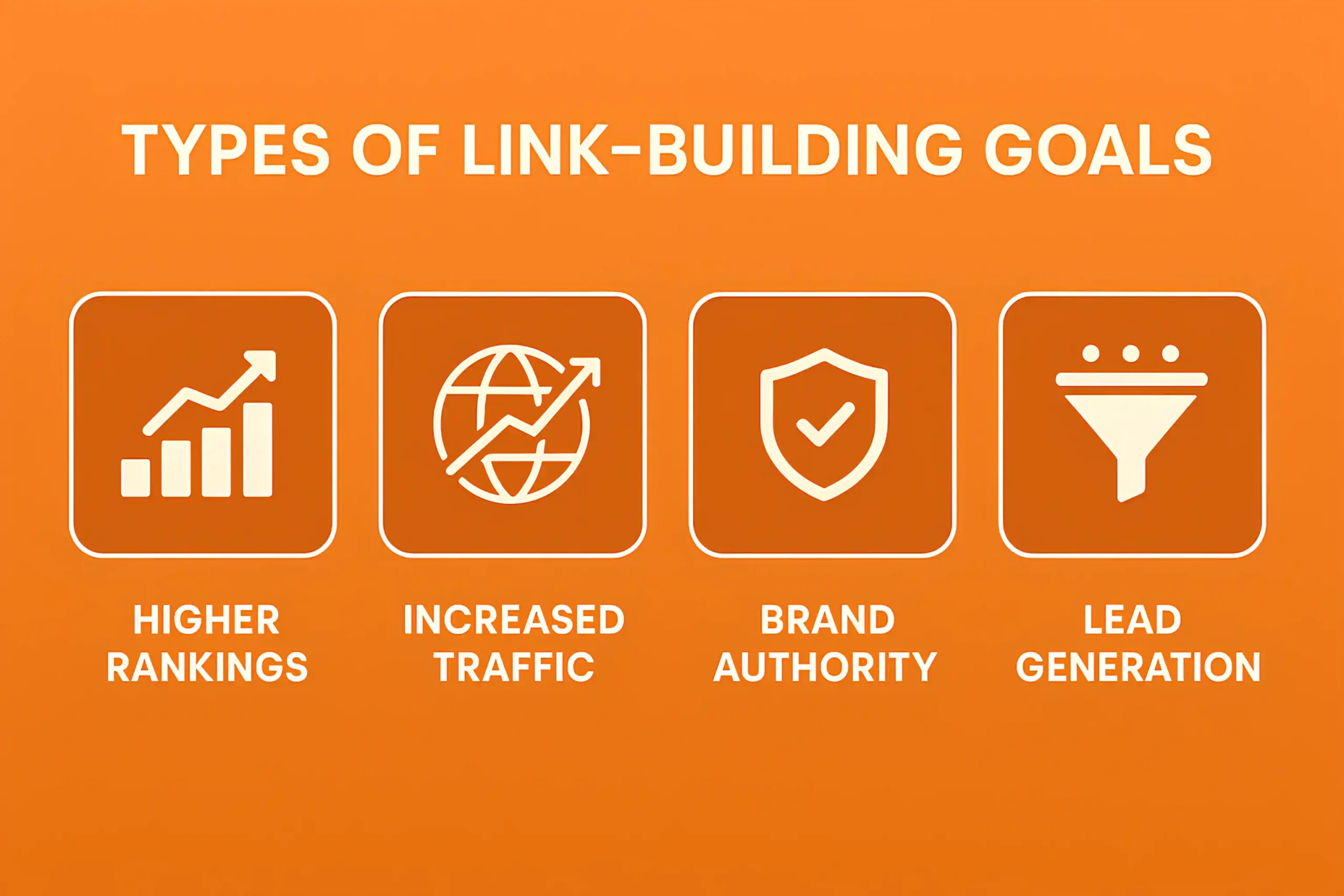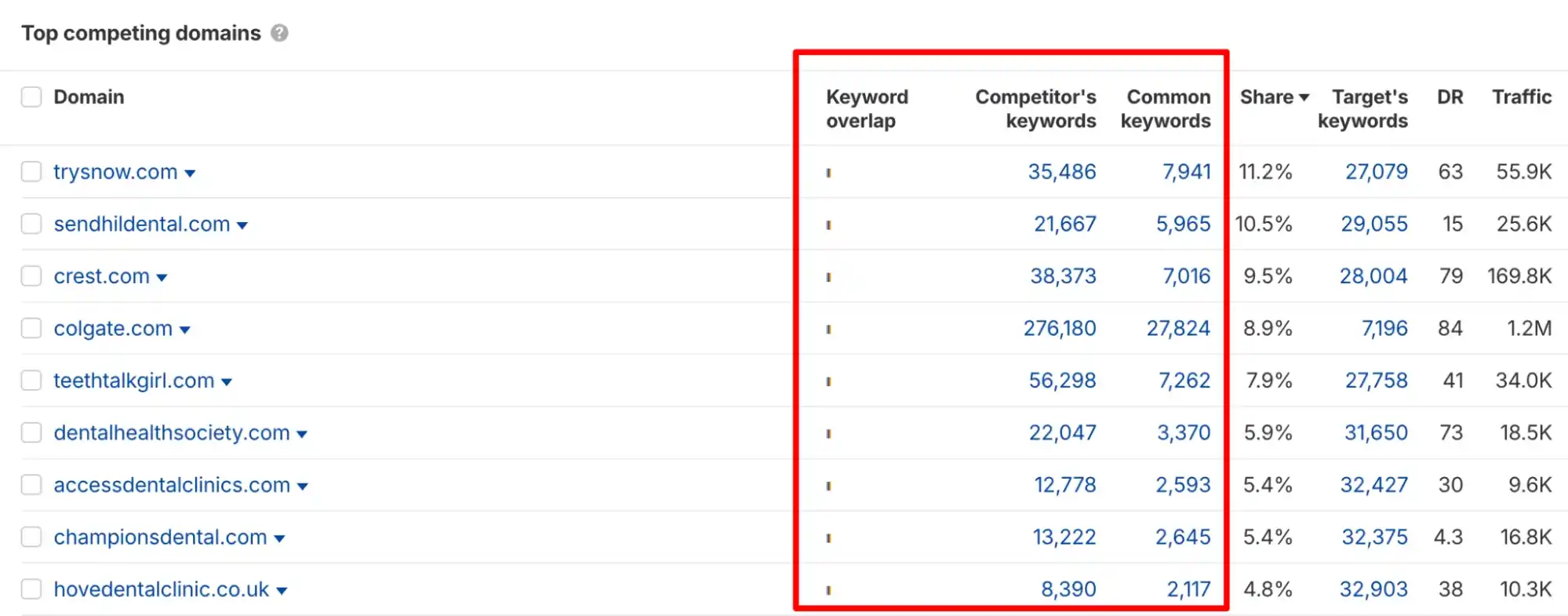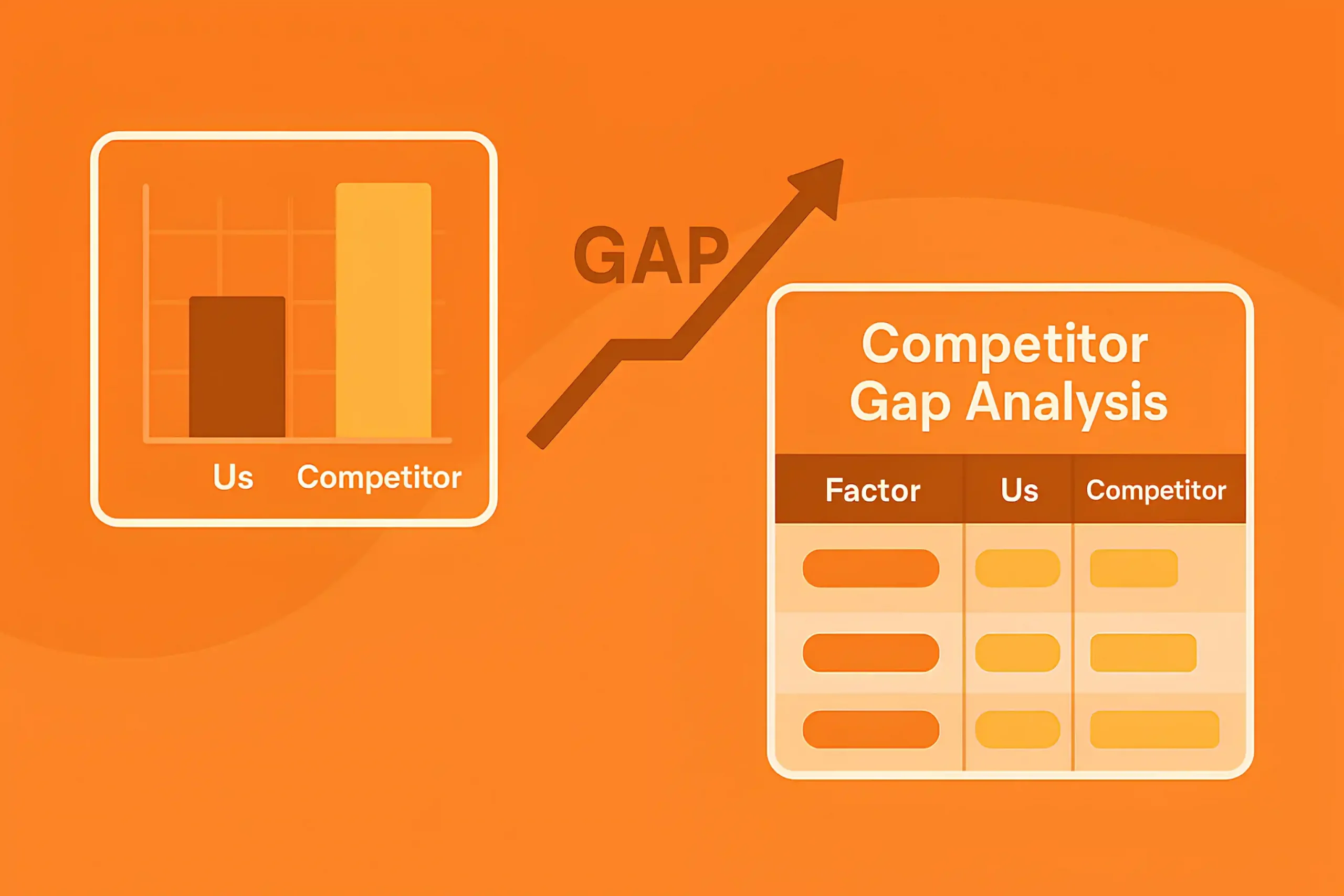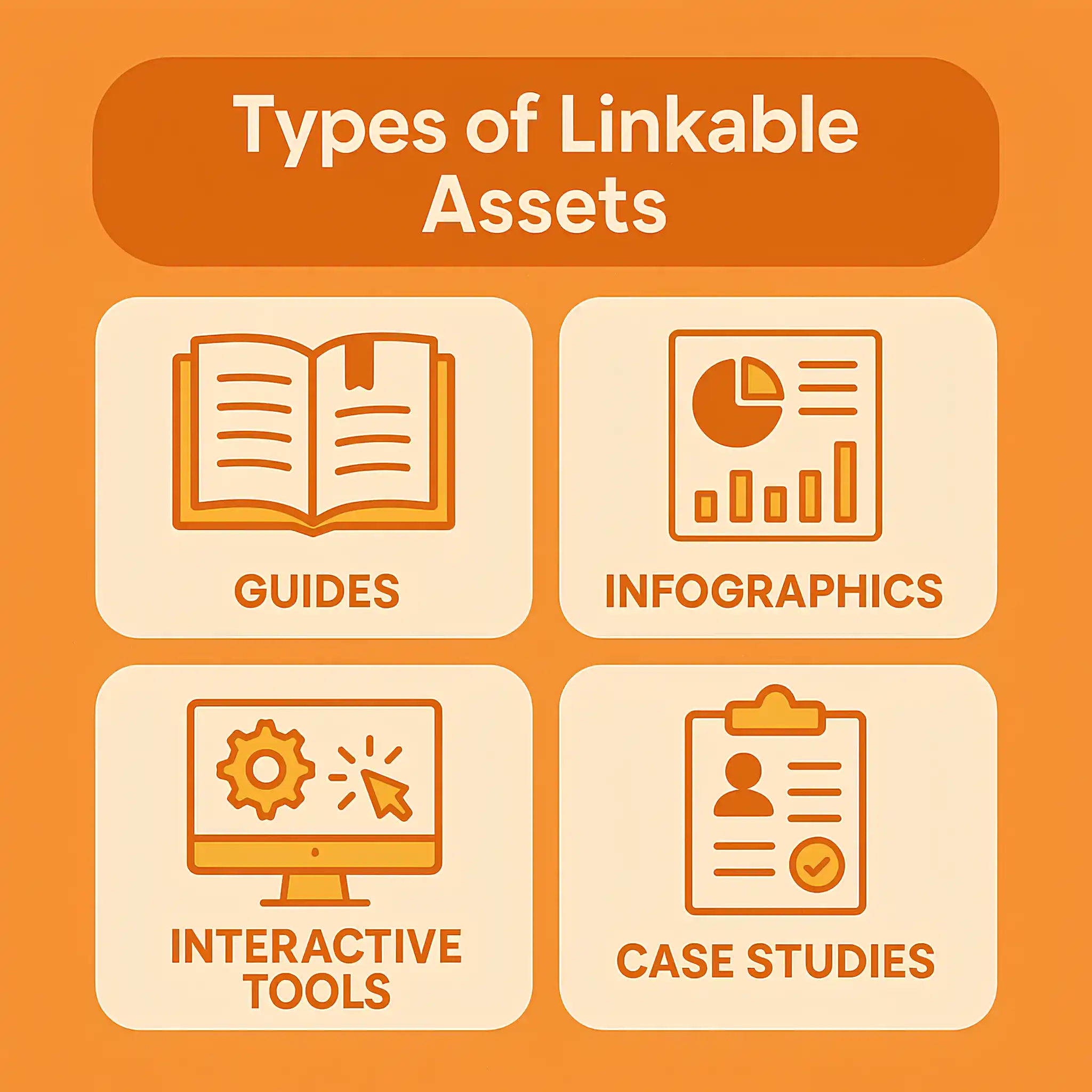
by: SEO Strategist
Ashot Nanayan
Ashot Nanayan is the CEO and Founder of DWI and a seasoned SEO strategist. With a proven track record of...
All Articles by Ashot Nanayan
Updated July 31, 2025
10 min. read
Eight out of ten link-building campaigns fail because people are doing too much of the wrong things in the wrong order. I’ve seen it over and over. In my six years of running SEO campaigns and helping companies across SaaS, eCommerce, and B2B, I’ve had my fair share of wins and fails. I’ve tested dozens of approaches, dropped entire strategies mid-campaign, and learned the hard way what works and what doesn’t.
In this guide, I’ll walk you through the step-by-step process of setting up and running link-building campaigns, from establishing the foundation and building lists to earning links and tracking results.
Whether you’re starting from scratch or trying to fix a stuck campaign, I’m walking you through the exact process that’s helped my clients earn links from Forbes, NYPost, Healthline, and other massive sites. Let’s get into it. You’re about to save yourself months of trial and error.
Before considering outreach, anchors, or which email template converts best, it’s essential to establish the right KPIs and goals. It’s always easy to say “I want more backlinks” or “I want to increase my rankings,” but that’s not a goal.
You need specifics, not just for you, but for your team, your client, or whoever’s asking for results at the end of the month.

Start by defining the core purpose of your link-building campaign. Here’s where it gets specific. Are you trying to:
Be honest with yourself. Sometimes, it’s a mix of all of these, but if you try to do everything at once, you’ll do nothing well.
Next, pick the exact pages you want to target. Once your pages are picked, define top metrics. Here are a few that matter:
Another smart goal I use with clients is a link-to-value ratio. For example, if a campaign costs $3,000 and drives links that help generate $10,000 in revenue through organic channels over time, we’re in good shape. It’s not perfect math, but it gives the campaign a direction beyond “just building links.”
If you’re working with clients or a team, communicate this goal early. Everyone needs to agree on what success looks like. Otherwise, you’ll be 40 links deep and still discussing whether the campaign is doing “okay.”
Don’t forget timelines. A campaign that’s expected to deliver ROI in 3 weeks is very different from a 6-month authority-building plan. Set expectations based on real experience, not hope.
Don’t change the goal midway through. If your initial plan was to improve the rankings of 3 pages, stick to that. Don’t panic and switch the objectives just because rankings didn’t jump in 3 weeks. Link-building is slow, and the benefits often come later. Be patient, but stay focused.
So yep, get the purpose right, pick the right targets, set the right metrics, and everything else becomes easier to plan and measure.
You can’t plan a winning campaign in the dark. Before you send a single outreach email, run a thorough competitor backlink analysis to get a broad picture.
Find your top organic competitors (domain level) using Ahrefs or other SEO tools.

Not brands you admire or big names in your niche.
If your site is new or mid-tier, don’t waste time analyzing Amazon or Forbes. You won’t compete with them head-on, and they’re not using the same playbook you are. Instead, focus on websites in your weight class. The ones ranking above or slightly below you.
Once you find a few organic competitors, analyze their backlink profiles to get a clear picture of what’s working in your industry. You’ll start to notice patterns fast.

For instance, one of my favorite exercises is spotting gaps and unused opportunities. Let’s say three of your competitors got links from a specific industry blog, but you didn’t. That’s an opportunity!
Don’t just look at the quantity of their backlinks. Check the backlink velocity. Are they building 10+ links a month to a page that’s outranking yours? That tells you the level of activity needed to compete.
If you notice they’ve built links from pages that mention “top tools” or “best [X] software,” that usually means they’re doing some form of outreach, so you can kind of copy their link-building strategy, too
Even if you have a million-dollar link-building budget, it would be hard to secure links for ages because nothing is unlimited, and at some point, you also need to earn organic backlinks from websites where money doesn’t play any role.
So, before you start pitching or even researching prospects, you need to craft some linkable assets, and more importantly, understand what assets make sense in your industry.

However, there are two approaches here:
Let’s say you’re doing SaaS link building. In this industry, ABC link exchanges are very common. It’s one of the few sectors where everyone kind of understands the game, and they’re not shy about it.
However, nobody wants to link to your pricing page or product comparison page. Instead, they expect you to have something non-promotional to offer, something linkable, like a stats page, a how-to guide, a long-form industry analysis, or even a data-backed blog post.
So, in this case, it’s very important to build some valuable linkable assets first.
But, for example, if you’re running eCommerce link-building campaigns, you have a much better chance of getting direct links to your homepage or commercial pages, especially if you’re doing guest posts, PR-style placements, or even buying backlinks.
In this case, if your site is brand new and you go all in on content assets (like blog posts, case studies, or data reports), odds are they won’t rank. No one’s going to naturally discover them and link to them, because you haven’t built enough trust with search engines yet.
So, in this scenario, I would recommend investing in authority building first, then crafting linkable assets.
It really comes down to understanding the sequence and the strategy. Are you in a sector where content marketing opens doors for links, or in a vertical where links have to be earned (or paid for) with brand-level authority first?
So, before moving forward, figure out two things:
There are dozens of ways to build backlinks, and if you’re new to link building, the options can feel confusing. Everyone says guest posting and niche edits are the most common techniques, and to be fair, they are. But they’re not your only options. More importantly, they’re not always the best fit depending on where your site stands and what your goals are.
If you just Google “link building techniques,” you’ll find lists with 15 or 30 different options. Of course, not every method is worth your time. Some of them won’t make sense for your niche, your budget, or your site’s current state.
Here are the top link-building techniques by popularity:
Let me provide some specifics. If you’re working with a small budget and your site is relatively new, starting with guest posting and contextual niche edits might be the most practical step. These are scalable, fairly predictable, and let you control where your links go and what anchors you use. But even within those techniques, quality matters more than volume. You must focus on relevance, domain diversity, and page-level metrics, not just Ahrefs DR.
On the other hand, if you’re dealing with a more competitive niche or a brand that needs authority fast, you may need to explore advanced techniques like:
In most campaigns I run, we combine different methods based on the stage we’re in. For example, we might start with a batch of niche edits to give a new page some weight, then turn to HARO for authority links, and maybe add a guest post campaign targeting high-traffic blogs in the industry.
It’s also smart to map your techniques to your resources and SEO budget. Ask yourself:
If you’re working with a small in-house SEO team, running three techniques at once might be hard. But if you’re an agency or have strong SEO support, combining them often leads to more promising results.
Once you’ve analyzed your competitors, identified some linkable assets, and started planning your approach, you’re going to hit a point where spreadsheets aren’t enough.
If you’re working with a limited budget, there’s no need to overcomplicate things. You can start with Ahrefs (starts from $129 /mo), Mailshake to manage your backlink outreach and follow-ups, and Linkody to track the current status (live, lost, etc) of your backlinks.
With just these three, you can build, manage, and track a basic campaign. But when you’re dealing with multiple clients, enterprise-level link building, or high-volume outreach, you definitely need more automation.
Tools like Pitchbox or BuzzStream (or even Respona, Snov.io, or Hunter) come into play. These platforms streamline a huge part of the workflow, from finding prospects to managing templates, follow-ups, and even picking data directly from your CRM or SEO tools.
I’ll always stand by: manual link-building should never fully disappear. There’s a lot of value in personalized outreach, especially when you’re going after niche opportunities, high-authority websites, or strategic link placements. Not everything should be automated.
I’ve written a full guide on how to pick the right manual link-building services, which you can check out anytime.
You can’t run a successful link-building campaign today by doing everything manually. It’s just not realistic, especially if you’re working on multiple projects, dealing with long prospect lists, or trying to scale your outreach past a few emails a day.
At the same time, if you automate everything, your campaigns turn into spam. Emails start sounding robotic, and you can’t track, manage, and evaluate your backlink data accurately.

Manual work should be focused on the parts that require strategy, thinking, and human judgment. For example, tasks like analyzing opportunities, deciding what type of outreach to send, reviewing websites for relevance, or making the final decision on whether a backlink is worth it.
Automation, on the other hand, is perfect for everything repetitive, time-consuming, and scalable. For instance, stuff like sending structured emails, tracking responses, scheduling follow-ups, and even managing link reports.
The smartest campaigns don’t rely on one way or the other; they combine both. Use automation to handle the mechanics, but let manual effort handle the strategy, quality control, and relationship side of things.
I’ve already put together a full guide you can check out anytime.
As an SEO agency owner, I receive hundreds of emails every week. Guest posts, link exchanges, partnerships; you name it. I can tell you with full confidence that 99% of those emails go straight to the trash.
It’s not that I’m not open to collaboration, but because the emails are all the same; same subject lines, tone, same copy-paste pitch that went out to 300 other people.
You don’t have to be perfect, but you do have to show that you’ve done some research. People respond when they feel like you want to work with them, not just secure another backlink.

Instead of sending 100 generic emails, send 10 that are truly personalized. I don’t mean just adding the first name and blog title. I mean, take a few minutes to check what kind of content they’re missing. Maybe their blog hasn’t published anything about a trending topic in your niche. Maybe they link to outdated stats or tools.
Some of the best replies I’ve ever gotten came from emails where I recorded a short video and explained why my guest post idea made sense for them. I didn’t talk about my brand or how great I am. I talked about their audience, their blog, and what value I could add.
Even if you don’t go that far, writing just two or three custom sentences that prove you’ve looked at the site already puts you ahead of most people doing outreach.
This is one of my favorite parts of the entire process. Everything up until now was preparation: research, strategy, planning. So, once you send the first batch of outreach emails, you’re no longer in setup mode, and depending on the techniques you’re using: guest posting, HARO, niche edits, link exchanges, or digital PR, your daily workflow can look very different.

You need to be ready for a few important things:
First, you need a follow-up system. Not every reply will come from the first email, and that’s normal.
Second, be prepared to negotiate. If your campaign involves any sort of paid placement, collaboration, or sponsored content, you’re going to get questions about pricing, link terms, delivery dates, etc.
Have clear boundaries and know your budget in advance. Don’t waste time going back and forth without a clear idea of what you’re willing to spend or trade.
Track everything from email open rates, replies, positive responses, dead leads, negotiations in progress, etc.
Once the links start coming in, the job isn’t done. There are two ways to monitor new links: manually and through automation. I use both every single time.
Manual tracking is helpful when you want to double-check accuracy or review a small batch of high-value links. Sometimes tools miss some important stuff, or links appear with slight delays. So I’ll often spot-check links manually.
On the other hand, automation tools like Linkody are great when you’re managing ongoing campaigns or multiple clients. They send alerts, show you when links go live (or disappear), and save hours of manual checking. If you’re doing outreach at scale, there’s no way around it; you need tools to stay on top of it all.
Next, you should also analyze the impact of your link-building campaigns.
There are many ways to measure backlink impact over time. You can track:
Yeah, don’t be surprised, impressions are also important. I know plenty of early-stage campaigns where rankings didn’t move yet, but impressions started appearing.
If you’ve made it this far, you’re already ahead of most people. You’ve planned, launched, monitored, and optimized a full link-building campaign.
Now, think about it:
Do you scale it? Do you double down? Do you pause and reassess? Let’s break this into parts.
First, when do you scale?
You scale when your current campaign has shown signs of life. That could mean improved rankings, more traffic, stronger brand mentions, or just a good amount of replies and backlinks from your outreach. If you’re consistently getting links that meet your quality standards and pushing target pages forward, that’s your green light.
You can also scale when your internal system starts feeling too tight, like when you’re getting more replies than you can manage, or when you’re spending too much time sending emails and not enough time planning the next steps.
Next, who should you hire?
An in-house SEO team is great if you want more control, deeper integration with your brand, and long-term consistency. But it takes time, training, and management. If you go this route, hire people who understand outreach, can write decently, and know how to track performance.

Agencies, on the other hand, are ideal when you need to move fast, test different strategies, or scale without building an entire team. The best ones bring systems, relationships, and a proven track record. But don’t hire an SEO agency if you’re not clear on your goals; they’re not there to “figure it out for you.”
Build repeatable systems
Next, start documenting your process. Build SOPs for how you prospect, how you outreach, how you qualify sites, how you track responses, and how you evaluate results.
A simple Notion doc or Google Sheet with steps, screenshots, and example templates is enough. Once that’s in place, you can hand parts of it off to others without losing consistency.
Remember, not every campaign should run forever. If you’re not getting replies or the links you’re building aren’t moving the needle, it might be time to pause.
It’s important to make decisions based on data, not feelings. Look at the backlink profile, Search Console trends, keyword movements, and conversion metrics. If you’re running client campaigns, bring them into that conversation too, so they see the strategy behind every move.
A link-building campaign is a focused effort to earn backlinks from other websites to specific pages on your site. The goal is to improve your search engine rankings, increase authority, and generate more organic traffic.
A detailed campaign involves setting clear goals, analyzing competitors, identifying pages to promote, creating valuable content or offers, choosing the right techniques, and then reaching out to relevant sites.
There’s no single timeline that fits every link-building campaign, but here’s how I usually approach it: If you’re targeting a specific page or short-term SEO goal, a focused campaign can run for 3 to 4 months. But for long-term growth, especially for competitive niches or new websites, 6 to 12 months is more realistic.
Start by doing separate keyword and competitor research for each region. What works in the US might not rank or attract links in Germany or Japan. Then, build region-specific linkable assets.
You must also localize the outreach. I mean using native speakers when possible, adjusting tone, and pitching to local sites with relevant offers.
If possible, use separate link tracking, Search Console profiles (via URL structure or subfolders/subdomains), and monitor the performance of each region individually.